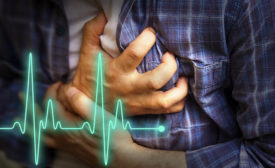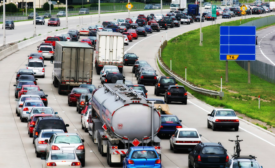News
Heart failure on the rise in U.S.
Cardiovascular disease remains leading killer
January 30, 2017
New video shows fatal fire, explosion at Williams Olefins Plant
CSB effort includes 3D animation of the blast
January 30, 2017
Become a Leader in Safety Culture
Build your knowledge with ISHN, covering key safety, health and industrial hygiene news, products, and trends.
JOIN TODAYCopyright ©2024. All Rights Reserved BNP Media.
Design, CMS, Hosting & Web Development :: ePublishing









